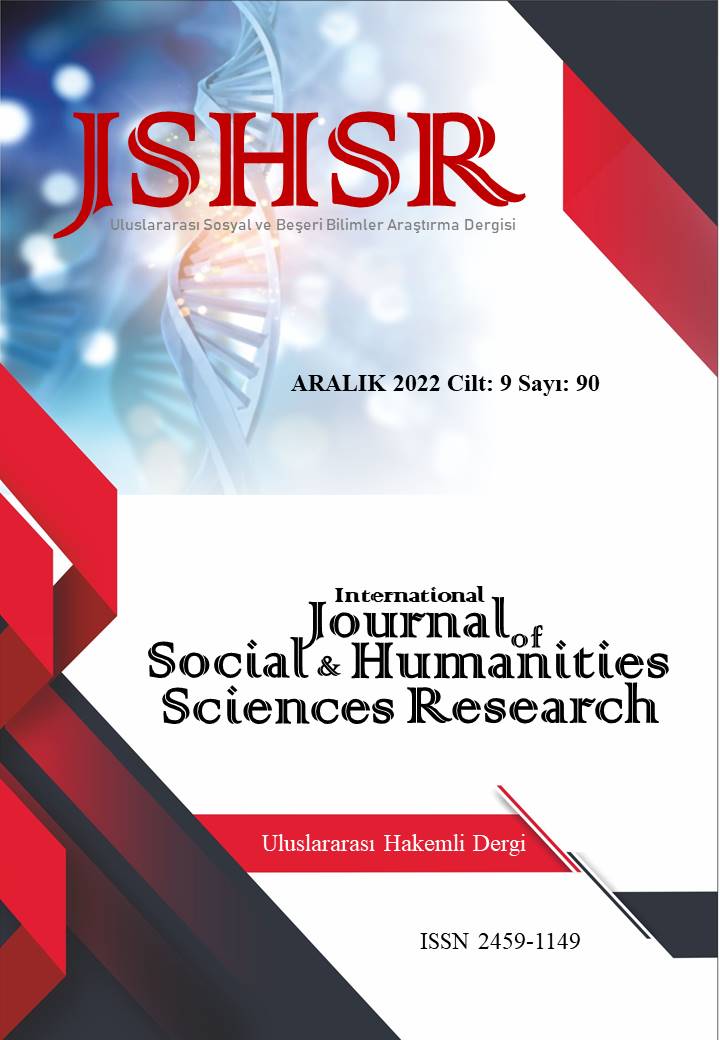APPLICATION OF STONE DECORATIONS OF KAYSERI BÜNYAN SULTANHANI CARAVANSERAI IN RUG DESIGNS
DOI:
https://doi.org/10.26450/jshsr.3430Keywords:
Rug, Design, Weaving, Sultanhanı, BünyanAbstract
Sultanhanı, which is one of the fine examples of caravanserai architecture, is one of the typical Anadolu Selcuklu caravanserais. Although the Seljuk caravanserais were built according to almost the same plan, they show different views. Bünyan Sultanhanı caravanserai, which has the appearance of a castle when viewed from afar, is also separated from another caravanserai, especially with the Masjid and stone decorations of the mansion in its courtyard.
The stone decorations of the caravanserai, which have reached today, give clues to the splendor of the time when it was built. Yoruk-Turkmen culture, which was settled in the vicinity of the caravanserai, is another traditional art, weaving, although it has decreased today. Based on this, it is aimed to evaluate the stone decorations of the sultanhani caravanserai as an alternative source for rug weaving. This work is important in terms of contributing to weaving in the region and producing alternatives to carpet motifs. In the light of design principles, motifs decked in stones were transferred to rug weaving with new designs and an interdisciplinary study was conducted.
During the study process, field research, literature review, Design and application studies were conducted. t is aimed to contribute to the concept of the “Turkish rug”, which is one of the most important elements of Turkish culture, with application examples. Each of the decorations was treated as a motif, as a matter of fact, drawings were made digitally and evaluated as rug designs. It is believed that these designs, which are quite pleasant to study, will be a source for other design work to be done in the future. It has been seen that three-dimensional stone decorations can be used as a rug motif, by making applications
Downloads
Published
How to Cite
Issue
Section
License
Copyright (c) 2022 INTERNATIONAL JOURNAL OF SOCIAL HUMANITIES SCIENCES RESEARCH

This work is licensed under a Creative Commons Attribution 4.0 International License.


